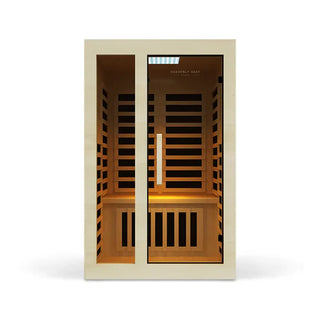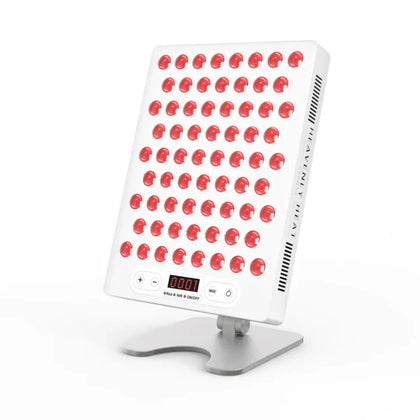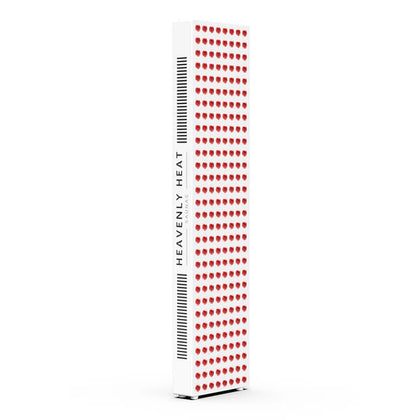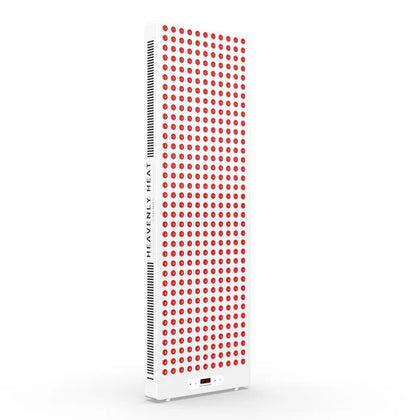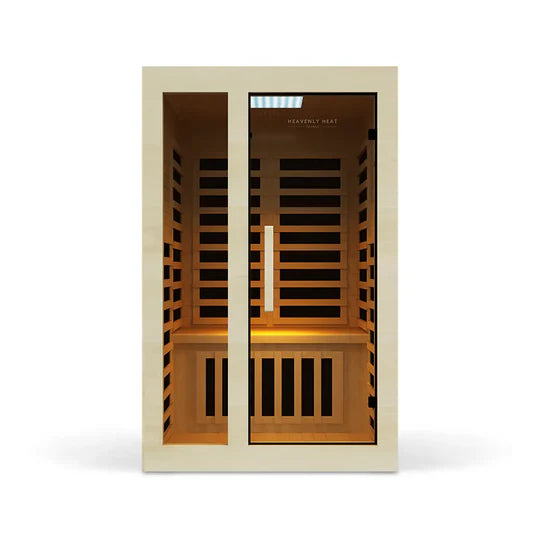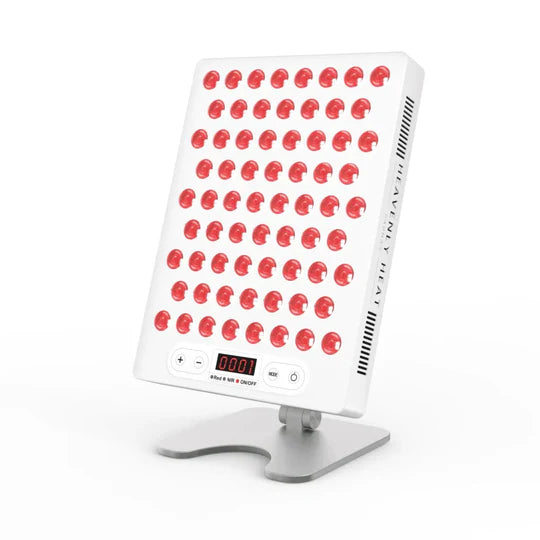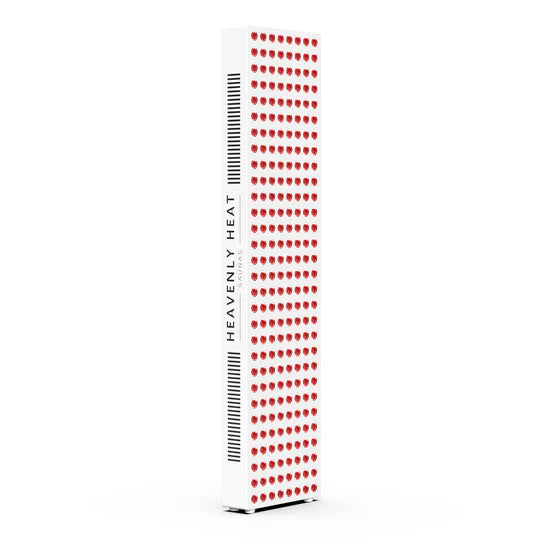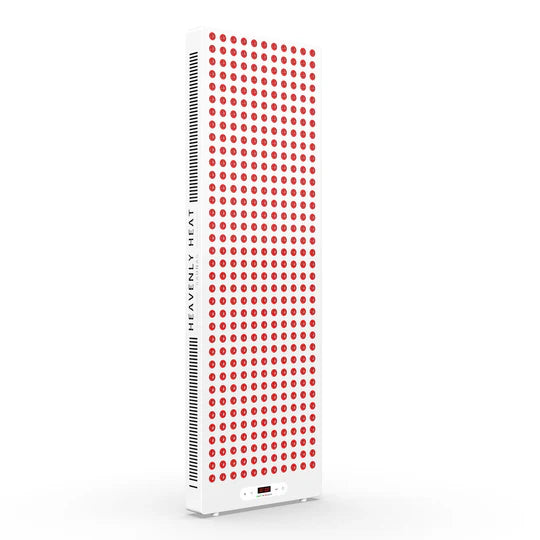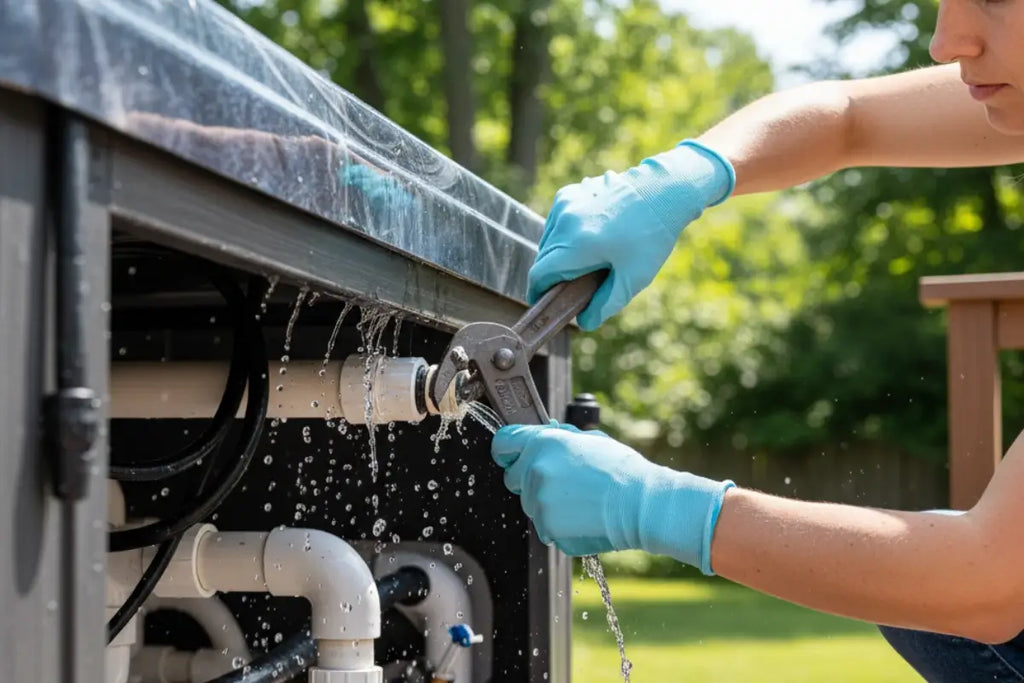Can a Hot Tub Help With Back Pain? Relief and Benefits
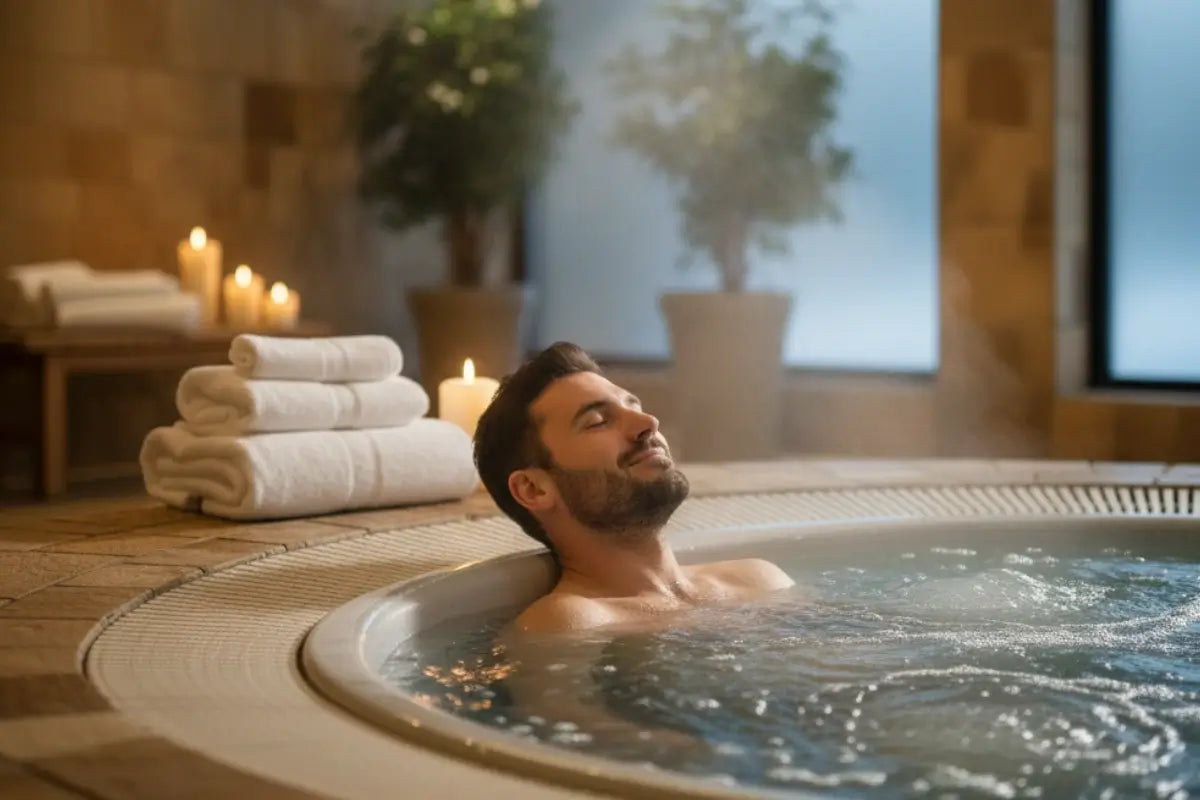
A dull muscle ache, sharp stabbing pain, or even discomfort radiating down your leg, back pain can make simple tasks like bending, standing, or walking feel impossible.
Left unchecked, it steals sleep, drains energy, and limits freedom. But what if relief could be found in something as soothing as warm water? Let’s explore how hot tubs may help.
Key Takeaways
Hot Water Relaxes Muscles: Warm water eases tension, boosts blood flow, and relieves back stiffness.
Buoyancy Reduces Spinal Pressure: Floating in water supports your spine, decreasing compression on discs and joints.
Jets Provide Targeted Relief: Massage-like water jets loosen tight muscles and improve circulation.
Stress and Sleep Matter: Soaking lowers stress and cortisol levels, helping muscles relax and improving sleep quality.
Use Safely for Best Results: Keep water 98–104°F, soak 15–20 minutes, maintain good posture, and consult a doctor if needed.
Can a Hot Tub Help With Back Pain?
Hot tubs can help relieve back pain through multiple mechanisms. Warm water relaxes tight muscles, boosts blood flow, and eases stiffness, while buoyancy reduces spinal pressure.
Jets provide massage-like effects, lowering inflammation and improving circulation. Stress relief and better sleep further aid recovery.
When used safely at 98–104°F for 15–20 minutes, hot tubs offer effective, low-impact support for chronic and acute back pain.
Common Causes of Lower Back Pain
Muscle or Ligament Strain
Muscle or ligament strain is by far the leading cause of lower back pain, making up nearly 97% of cases, while more serious conditions account for less than 5% (Health Science Reports).
These strains often happen when the back is pushed beyond its limits, whether through a sudden twist, improper lifting, or repetitive overuse.
The Cleveland Clinic highlights that sports like football or weightlifting, weak core muscles, excess weight, or even overly tight hamstrings can all raise the risk.
Age also plays a role; people over 30 are more prone to back issues as spinal discs naturally wear down, causing stiffness and discomfort.
The encouraging news is that recovery is usually quick. Clinical findings show that more than 90% of individuals with a lumbar strain or sprain bounce back within a month, especially with rest, ice or heat therapy, and anti-inflammatory care.
However, without healthy movement habits, these strains can become a recurring issue, underscoring the importance of prevention as much as treatment.

Herniated or Bulging Discs
Although lower back pain is extremely common, only a small percentage is actually caused by herniated or bulging discs.
Research shows that about 1–3% of adults experience symptomatic lower back pain from a herniated disc each year, though the lifetime risk can be much higher, around 30%.
Interestingly, many people may have disc bulges without even knowing it, imaging studies reveal that even young adults can show disc changes, and by the time people reach their 80s, more than 80% may have bulges without pain.
Herniated discs most often affect adults between 30 and 50 years old, with studies noting that the majority of cases occur at the L4-L5 or L5-S1 levels of the spine.
Certain lifestyle factors also play a role. For example, the Mayo Clinic notes that jobs involving repetitive lifting, pulling, twisting, or heavy physical strain can significantly increase risk.
While disc herniation accounts for less than 5% of all back pain cases, it remains one of the leading causes of sciatica and persistent lower back discomfort.
Degenerative Disc Disease
Degenerative disc disease occurs when the discs between vertebrae wear down, often causing persistent lower back pain.
The lumbar spine is most affected, leading to stiffness, aching, and sometimes numbness or tingling in the legs.
Age, injuries, repetitive strain, poor posture, and genetics increase the risk. Early recognition of symptoms helps manage pain and protect the spine.
Spinal Stenosis
Spinal stenosis, particularly in the lumbar spine, is a common cause of lower back pain in older adults.
Research shows it affects about 4.9% of the adult population, rising to nearly 7% in those over 50.
This condition develops when the spinal canal narrows, often due to age-related changes like thickened ligaments, bone spurs, or degenerated discs.
These changes compress the spinal nerves, leading to both mechanical pressure and reduced blood flow, which explains the hallmark symptoms of neurogenic claudication pain, numbness, or cramping in the lower back and legs that worsens with standing or walking but eases when sitting or leaning forward.
The National Institute of Arthritis and Musculoskeletal and Skin Diseases highlights aging, herniated discs, and spondylolisthesis as strong risk factors.
Diagnosing spinal stenosis can be tricky since not all patients show clear symptoms, and severity doesn’t always match imaging results.
Still, as noted in World Neurosurgery, MRI remains the most effective tool for confirmation, with standing or flexion-extension X-rays helping detect instability.
Arthritis and Joint Issues
Arthritis and other joint problems are major contributors to lower back pain, though the exact numbers vary.
Some experts suggest osteoarthritis (OA) could account for up to 50% of all cases, while others note it may cause only about 20% of pain in adults in their 40s but as much as 75% in those over 60.
The challenge is that many people show arthritis or facet joint changes on imaging but never feel pain, making the relationship complex.
Osteoarthritis in the spine leads to disc degeneration, bone spurs, and narrowing of joint spaces, which can trigger stiffness, nerve compression, and long-term discomfort.
According to the Centers for Disease Control and Prevention, arthritis rates rise with age, from just 3.6% in young adults to more than half of those over 75.
Research published in JOR Spine also provides genetic evidence linking osteoarthritis and rheumatoid arthritis to a higher risk of chronic back pain.
Together, these findings show that while arthritis is common, pain severity often depends on multiple overlapping factors.
Poor Posture and Lifestyle Habits
Lower back pain is one of the most widespread issues worldwide, and everyday habits often play a big role.
Research published in F1000Research highlights that up to 60% of adults report back pain linked to long sitting hours and poor posture, especially among students and office workers.
Prolonged sedentary behavior doesn’t just cause discomfort, it can raise the risk of recurring pain.
A study in BioMed Research International found that people with sedentary lifestyles faced a 3.5 times higher likelihood of experiencing chronic back pain, especially when combined with health factors like obesity or high blood pressure.
On top of sitting too much, lifestyle habits such as heavy lifting, awkward movements, or repetitive strain have also been strongly tied to back problems, as noted in the European Spine Journal.
The good news is that small changes, like using ergonomic chairs, adjusting posture, or alternating between sitting and standing, can significantly reduce strain and protect spinal health.
Underlying Medical Conditions
Lower back pain can stem from a variety of underlying medical conditions, each with its own impact on health and quality of life.
Research in JOR SPINE highlights lumbar disc herniation as a major contributor, often linked to disability, productivity loss, and socioeconomic burden.
While its exact causes remain complex, factors like obesity, smoking, genetics, and occupational stress play a role, and ongoing studies continue to explore how disc degeneration and mechanical strain trigger herniation.
Osteoarthritis is another key culprit, as it wears down the facet joints and discs, leading to inflammation, stiffness, and chronic pain.
Clinical findings show it is especially common in older adults and women, adding significantly to healthcare costs and long-term disability.
Lumbar spinal stenosis also deserves attention, with epidemiological studies estimating it affects up to 11% of older adults in the U.S., making it one of the leading reasons for spinal surgery.
Beyond spinal issues, reviews in Frontiers in Medicine emphasize that systemic diseases, such as infections, cancers, or kidney disorders can also manifest as lower back pain, complicating diagnosis and treatment.
How Hot Tubs Relieve Back Pain?
Hot water relaxes tight back muscles
Hot water relaxes tight back muscles by loosening tension and easing stiffness. Soaking in a hot tub increases blood flow, delivering oxygen and nutrients to aid recovery, reduce knots, and relieve soreness.
Heat also calms nerve endings, alleviating discomfort. Regular soaking can reduce chronic back pain by targeting both surface and deeper muscles.
Floating in water eases pressure on the spine
Soaking in a hot tub offers more than just relaxation, it can actually ease back pain in powerful ways.
Warm water increases blood flow, relaxes tight muscles, and blocks pain signals, helping the body release tension.
Combined with buoyancy, which supports up to 90% of body weight when fully submerged, the spine experiences less compression, allowing discs and joints to decompress.
This makes movement easier and less painful, while also promoting better spinal alignment. Scientific evidence backs this up: a review in BMC Musculoskeletal Disorders found that aquatic physical therapy significantly reduced pain, improved quality of life, and lowered disability scores in people with chronic low back pain.
Likewise, a 2021 study on spa hydrotherapy reported that nearly 78% of participants noticed meaningful relief.
Beyond the numbers, many people find that the combination of heat, buoyancy, and gentle water resistance provides a unique therapeutic environment that land-based therapies can’t match.
Together, these effects explain why hot tubs remain a trusted ally for easing stubborn back pain.
Warmth boosts blood flow to speed healing
Soaking in a hot tub can help ease back pain by boosting blood flow to tight, sore muscles. Heat makes your blood vessels open up, bringing more oxygen and nutrients to your muscles while washing away the stuff that causes stiffness and discomfort.
This extra circulation helps your muscles relax, speeds up healing, and makes your back feel looser.
A study in the Journal of Thermal Biology found that people who did repeated hot water sessions improved their heart function and lowered their blood pressure. This shows that warm water can get your blood moving, which may make your back feel much better.
Jets massage sore spots and reduce stiffness
Hot tubs are more than just relaxing, they can play a real role in easing back pain and stiffness. Their warm water jets mimic the effects of a massage, targeting sore muscles and loosening tight spots more effectively than many traditional methods.
The heat dilates blood vessels, improving circulation so that oxygen and nutrients reach tired muscles while flushing out waste like lactic acid.
This process not only helps reduce swelling and inflammation but also relaxes tension that often contributes to pain. Research backs up these benefits.
For example, findings in The South African Journal of Physiotherapy showed that just four weeks of hydrotherapy significantly lowered pain levels and improved functional movement in participants with joint issues.
Clinical trials have also highlighted measurable benefits for back pain patients, including reduced pain intensity, better physical function, and even decreased reliance on medication.
Together, the warmth, buoyancy, and massaging jets of hot tubs create a powerful form of hydrotherapy that supports both comfort and healing.
Stress melts away, lowering back tension
Hot tubs don’t just feel relaxing, they’re backed by science when it comes to easing back pain. Stress is a major trigger for flare-ups, with studies showing that more than half of people with chronic back pain report stress as a contributing factor.
When stress rises, cortisol levels spike, leading to tighter, more rigid muscles that limit movement and worsen pain.
By soaking in warm water, cortisol naturally decreases, helping muscles loosen and tension melt away.
This relaxation not only reduces pain but can also speed up healing after injury by lowering inflammation.
Clinical trials and meta-analyses have confirmed that hot tub therapy can significantly reduce pain intensity, improve physical function, and even decrease the need for medication, especially in chronic low back pain patients.
While some studies highlight that combining hot tub use with exercise provides the best results, even simple immersion shows measurable relief.
In short, slipping into a hot tub isn’t just about comfort, it’s a powerful way to break the cycle of stress and back pain.
Soaking before bed improves sleep quality
Soaking in a hot tub before bed can ease back pain by loosening tight muscles and calming stress in your body.
The warm water boosts blood flow, reduces inflammation, and helps your body relax, making it easier to sleep.
A study in BMC Complementary Medicine and Therapies showed that people who took warm water baths had less pain, felt less tired, and slept better.
Spending time in a hot tub at night can be a simple, relaxing way to soothe your back and sleep more peacefully.
How to Use a Hot Tub for Back Pain Relief
Set the Right Water Temperature for Comfort
Using a hot tub for back pain can be an effective way to relax muscles, improve circulation, and ease discomfort if you set the water temperature correctly.
Most experts recommend keeping the temperature between 98°F and 104°F (37°C to 40°C), as this range is commonly used in physical therapy to relieve joint and muscle pain while improving flexibility.
For pure relaxation and better circulation, slightly cooler settings between 92°F and 100°F often work best.
At this range, blood vessels widen, allowing more oxygen and nutrients to reach your muscles while helping to flush out waste products, which reduces stiffness and tension.
Clinical studies also support warm-water immersion, showing that spending 10–20 minutes in water around 100–104°F can significantly reduce pain and even lower the need for medication in people with chronic low back pain.
However, water that’s too hot can cause overheating or strain, while cooler water may tighten muscles instead of relaxing them, so finding the right balance is key.
Optimal Soaking Time for Maximum Relief
If you’re turning to a hot tub for back pain relief, timing matters just as much as temperature. Experts like Dr. Corenman suggest aiming for a 15–20 minute soak, since this window allows muscles to relax and tension to ease without putting your body at risk.
Hot tubs usually sit around 102–103 degrees, which most people can comfortably tolerate for that duration.
Staying longer, however, doesn’t offer extra benefits on the contrary, it may lead to dehydration, dizziness, dry skin, or even drops in blood pressure.
Clinical studies on hydrotherapy also show that consistency is key: short, regular sessions (three times a week or more) provide more lasting relief than occasional long soaks.
For chronic back pain sufferers, programs lasting several weeks to months have been linked to improvements in pain and mobility, with benefits often lasting well beyond the treatment period.
The takeaway? Stick to short, frequent soaks, hydrate well, and use hot tub therapy as part of a long-term back care routine.
Best Positions to Protect and Support Your Back
Sit upright with your back against the tub wall to support your spine. For lower back pain, lean back slightly with a small cushion behind your lumbar area.
Stretch your legs out or keep them slightly bent. For upper back pain, keep your shoulders relaxed and aligned with your spine. Recline slowly to let the warm water relax your muscles while staying supported.
Simple Water Stretches to Reduce Tension
Warm water isn’t just soothing, it’s science-backed for easing back pain. Research published in the International Journal of Biotechnology and Biomedicine (IJBB) highlights that warm water therapy helps relax muscles, dilate blood vessels, flush out metabolic waste, and ease spasms.
In fact, one study on pregnant women with back pain showed significant improvement after consistent warm water sessions, proving just how effective this simple approach can be.
Beyond the heat, water itself plays a crucial role. Because buoyancy reduces the pull of gravity, pressure on the spine and joints lessens, giving the body a chance to stretch without the strain of land-based exercises.
This makes gentle hot tub stretches easier, safer, and more comfortable. Evidence also points to flexibility gains, Candeloro & Caromano (2007) found that hydrotherapy not only improved range of motion but also enhanced strength in several muscle groups among older women.
Together, these findings suggest that spending time in a hot tub isn’t just relaxing it’s a powerful, low-impact way to reduce tension and support long-term back health.

Are there risks of using a hot tub for back pain?
Are there risks of using a hot tub for back pain? Research shows that hot tub therapy can ease chronic back pain by relaxing muscles, boosting blood flow, and reducing stiffness, with some studies noting benefits lasting for months.
Many people also report improved mobility and even reduced reliance on pain medication. However, there are risks to keep in mind.
Health data reveals that poorly maintained hot tubs can spread bacteria, sometimes causing rashes or even infections, and overheating can trigger dizziness or fainting.
Dr. Todorov cautions that those with heart disease should be especially careful, since hot water can drop blood pressure and stress the heart, while pregnant women particularly in the first trimester, are advised to avoid hot tubs altogether.
In some cases, excessive heat may worsen inflammation from new injuries, or powerful jets may aggravate sensitive backs.
For most people, hot tubs can be a soothing supplement to pain management, but safe use, proper maintenance, and medical guidance are essential.




